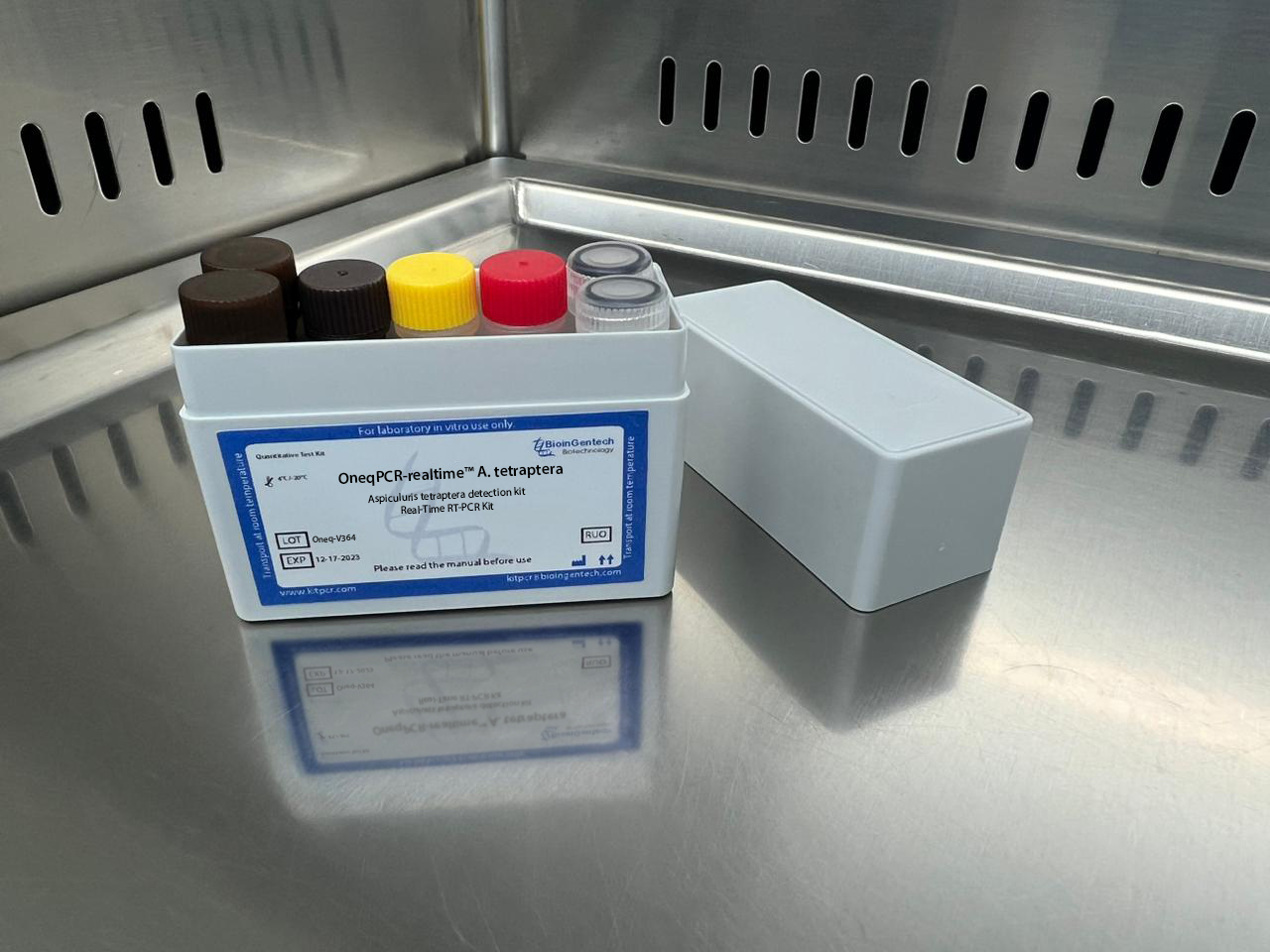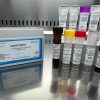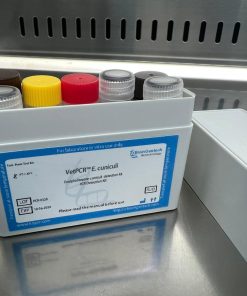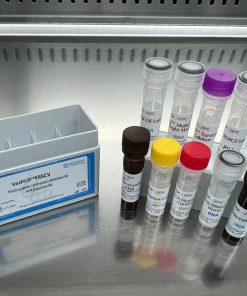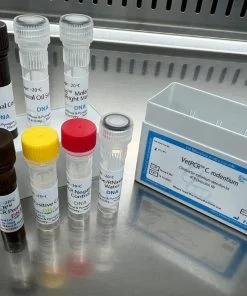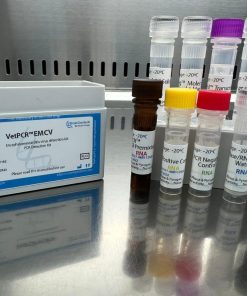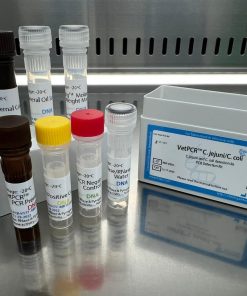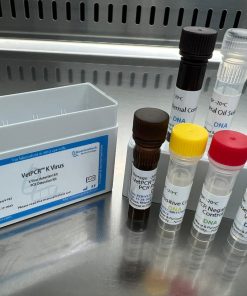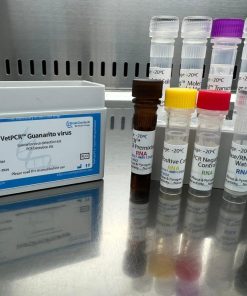Aspiculuris tetraptera detection kits
| End-Point | 48 – 96 reactions |
| One-Step | 50 – 100 – 150 reactions |
SKU: V364
Category: Bioterios
Known as the mouse pinworm, it is an abundant oxyurid nematode of the mouse cecum or large intestine. A. tetraptera migrates from the proximal to distal colon to deposit eggs. The eggs are then excreted in the feces. If the level of pinworms is high, animals may suffer from rectal prolapse, enteritis, intestinal impaction, sticky stools, and pruritus (itchy skin).
| End-Point | MANUAL | MSDS |
| One-Step | MANUAL | MSDS |
Related products
Bioterios
Bioterios
Bioterios

